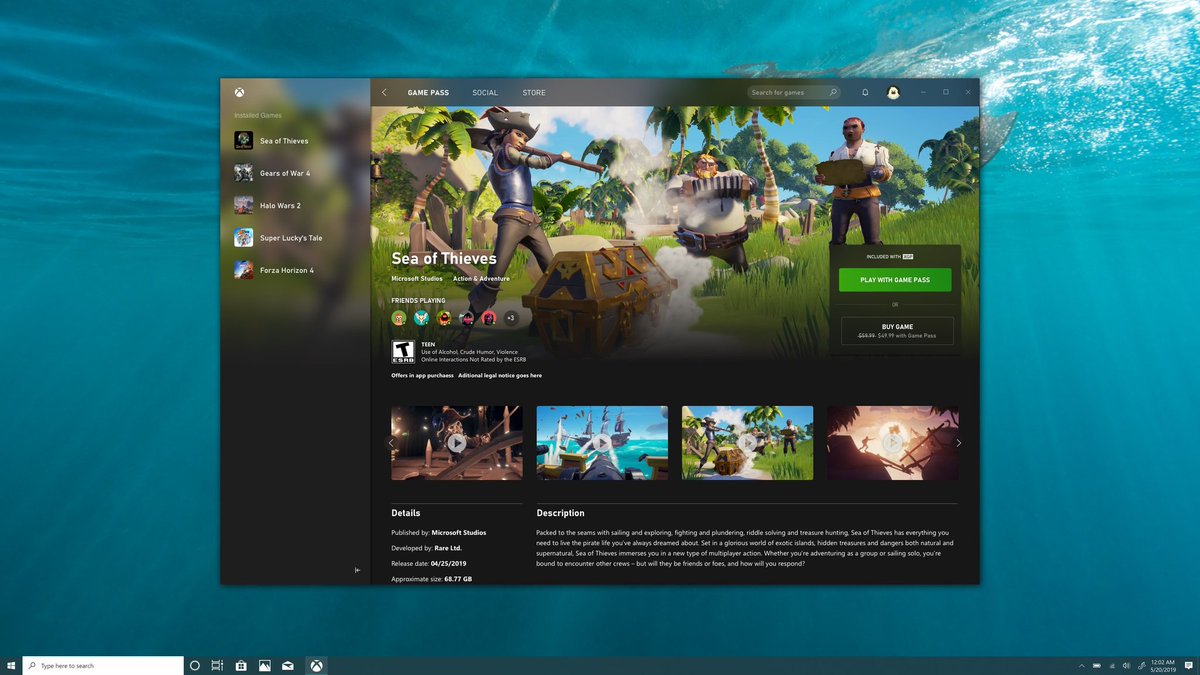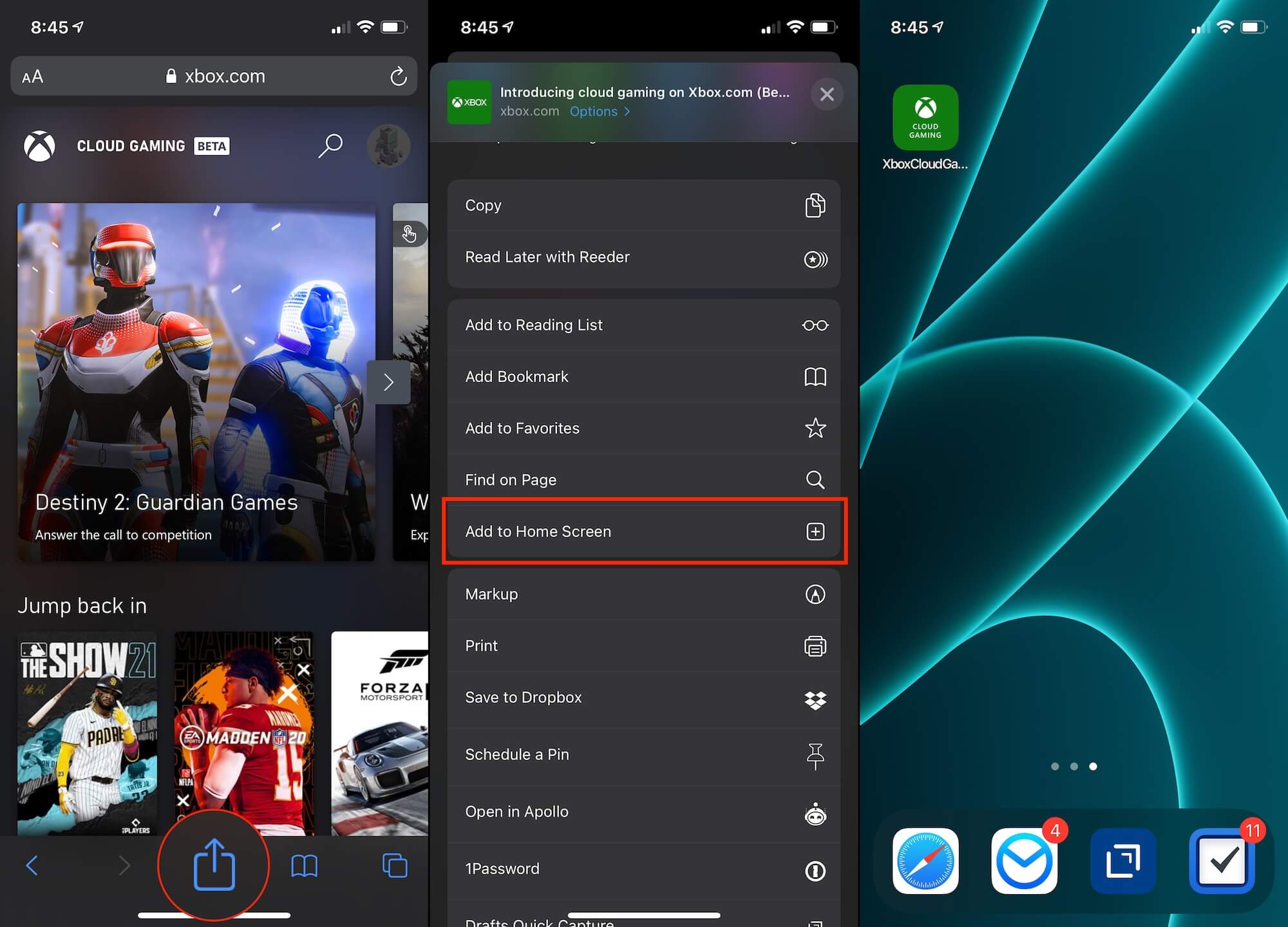Apple macOS 11.3 or greater (via browser). Any devices with the following browsers: Edge, Safari, and Chrome. It was the name of the public technology preview for cloud gaming that began in September 2019. Cloud Gaming Beta. That's how Microsoft refer to the service on his website. Microsoft has launched xCloud game streaming for all Xbox Game Pass Ultimate subscribers who use iPhone, iPad, or PC. Unlike on Android, the iOS version runs through a web-based app.
One of the most significant challenges for IT organizations has been the management of non-Windows® IT platforms due to the struggle of connecting them to Active Directory® (AD or MAD). Specifically, IT admins over the years have struggled to manage Mac® OS X® systems. During the early 2000s, and for about a decade following, Microsoft was so dominant that it made a great deal of sense that IT management tools were largely focused on Windows and delivered by Microsoft. As a result, AD and System Center Configuration Manager (SCCM) quickly became the core platforms for IT organizations. But, given the influx of Macs in the enterprise, it may be time to reevaluate that core platform.
- XCloud is just an option bringing in new Game Pass Ultimate subscribers to the billions of TV, phones, tablets, etc. There isn’t much use for xCloud if you have an Xbox, but it brings new software features such as previewing a game through the Cloud before you buy it.
- I was very excited as Xcloud genuinely offers such an amazing experience for its price point, but unfortunately was extremely let down once I had actually tried the service. This was a little over a month ago and the input lag for me was unplayable even when wired in. Oddly some games provided a slightly better experience, such as Bloodroots.
- A Reddit user has shared a new workaround that lets users stream and play Xbox Game Pass games on M1 Macs. Thanks to Android Studio’s support for ARM images on M1 Macs, users can emulate an.

Not Designed for Mac OS X
Neither MAD nor SCCM were designed to support Mac OS X. For that matter, AD and SCCM weren’t designed for non-Windows solutions such as Linux®, G Suite™, AWS®, and really anything that wasn’t Windows based. In fact, it was quite difficult for IT admins to manage access to their non-Windows IT resources requiring identity bridges, web application single sign-on (SSO) solutions, privileged identity management platforms, and more. These solutions, as layers on top of AD, are difficult to integrate and therefore don’t provide as robust a management solution as strictly Windows devices on Windows infrastructure.
Project Xcloud Mac

Attempts at Wrangling Mac/Windows Systems
Soon, a cadre of on-prem, Apple-focused MDM solutions emerged over the years, but these too lacked the ability to manage user access and now, in a reversal, couldn’t manage Windows solutions. IT admins simply couldn’t win. When they leveraged Windows solutions, their Mac fleet became difficult to manage. When a Mac solution arrived, the Windows machines were difficult to manage. These examples don’t even get into the problem of Linux management with either of these two solutions.
Mac Os Cloudready
Bye, Bye Support

So, IT admins were forced to purchase more and more equipment and software to keep up with their ever evolving fleet of systems. And, even when they did that, the rug would be pulled from them again. Recently, for example, Apple decided to pull some of the strongest features that allowed IT admins to manage Mac OS X including VPN and RADIUS support. As a result, IT admins are now forced to build third-party, open source solutions on to their macOS Server implementations. To some, it’s reminiscent of simply layering on top of AD, and many want a solution that will work year after year. No more purchasing new equipment when a particular service gets sunset, or wondering what to do when a company reduces software capability.
Xbox Cloud Gaming Ios Lag
A Modern Take on System Management
For IT admins that want a product delivered as a service, something they can pay for once a month or even annually and not worry about losing functionality, a new generation of cloud identity management solution has emerged. That solution is called JumpCloud®Directory-as-a-Service®. This platform has a neutral approach to system management. That means it has the ability to manage Mac OS X systems as well as Windows and Linux – all from the cloud. So, no more on-prem hardware implementations to manage, maintain, secure, and purchase. Plus, it is a complete identity management platform from the cloud that securely manages and connects users to the IT resources they need, with one set of credentials, including: legacy LDAP applications like Jira® and OpenVPN™, web applications including Salesforce® and Slack™, wired and wireless networks via RADIUS, cloud infrastructure including AWS®, GCE, and Azure®, file servers both on prem and in the cloud, and much more.


Learn More About JumpCloud Mac Management
To learn more about how to manage Mac OS X from the cloud using Directory-as-a-Service, please drop us a line. We offer a free account that allows you to manage up to 10 users for free, with absolutely no credit card required. Sign up today. In addition, we have a wide array of videos on YouTube and a robust Knowledge Base to help you get the most out of your JumpCloud service.